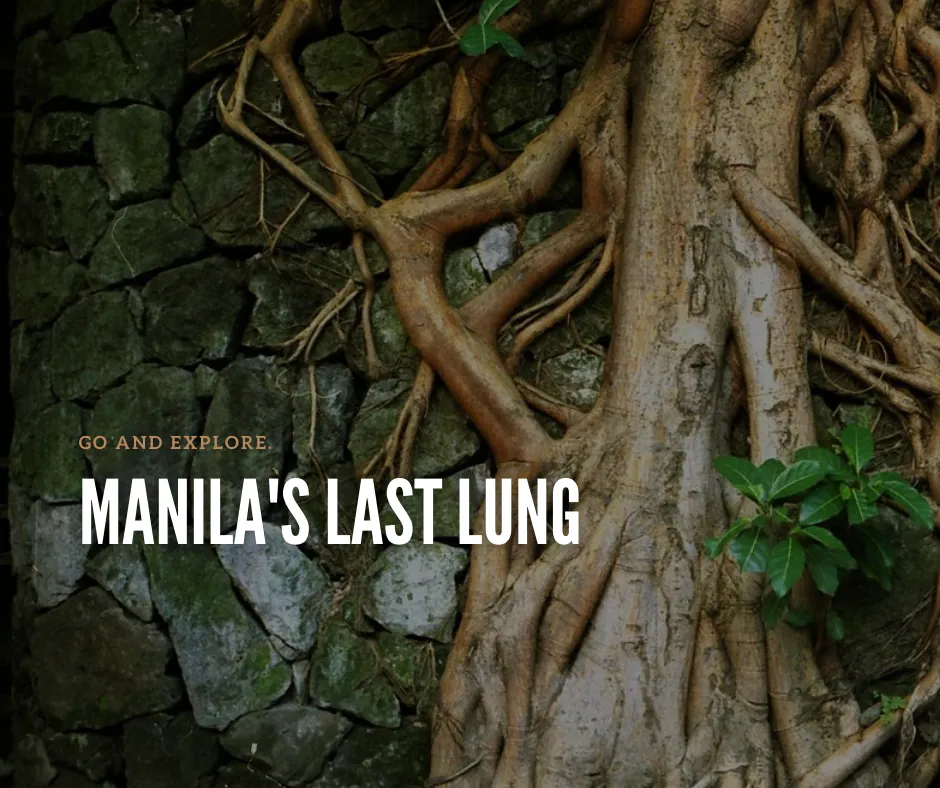
Manila's Last Lung
Filipinos dubbed Arroceros Forest Park as Manila's Last Lung. It is a 2.2-hectare piece of green space located on Antonio Villegas Street in the central neighborhood of Ermita. Landscape architect Wilfrido Dizon designed the Arroceros Forest Parks. It has approximately 3,000 trees of 61 different types, 8,000 decorative plants, stray animals, and even abandoned cars, which a handful of Manila's destitute sleep outside, along its walls. Arroceros Forest Park makes news now and then when the local government's plans to level it or develop it leak to the press.
The park has little historical importance as a forest; hence it became a forest not until 1993. Most trees in the forest park are not even 40 years old. The two-hectare woodland is the location of an old Parian village, which gave birth to Manila's busy commercial district in the 16th and 17th centuries. It is why historians and conservationists are outraged when plans to commercialize the park.

A road way inside the Arroceros Forest Park photographed 12 years ago.
Photo Credit: lomography.com
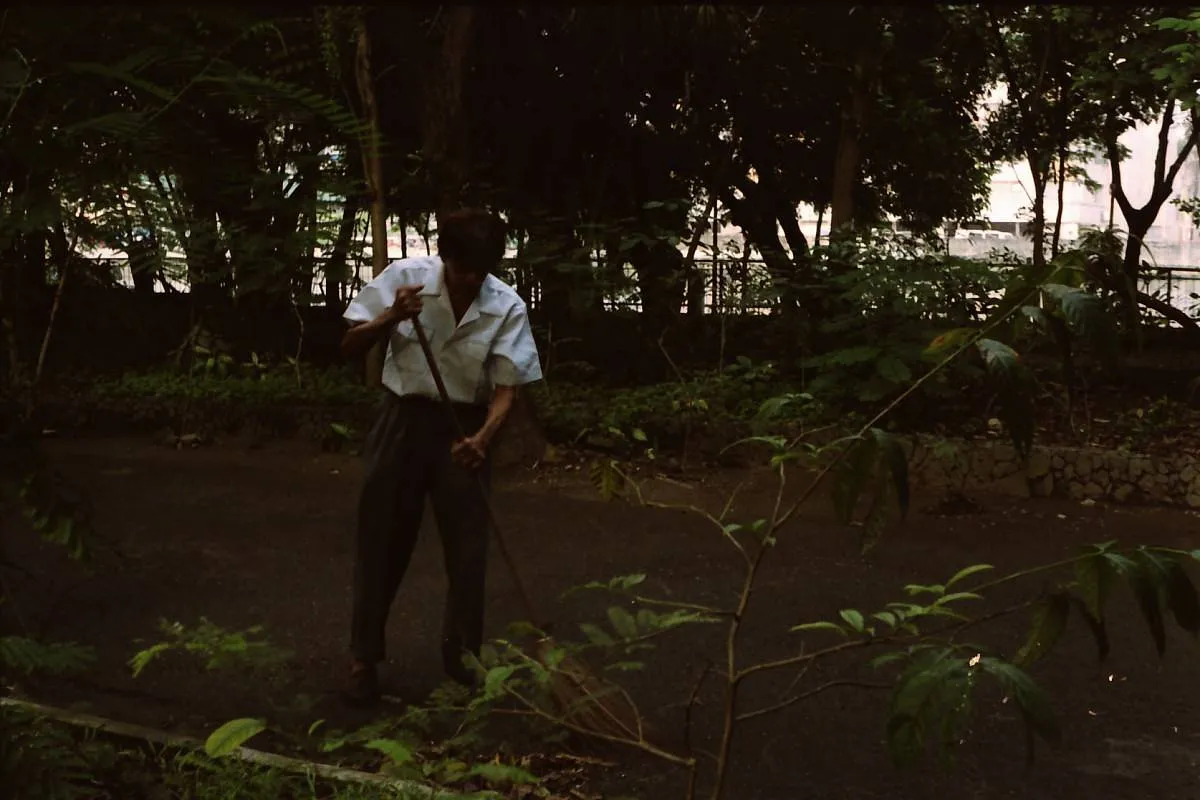
Arroceros Forest Park's staff photographed 12 years ago.
Photo Credit: lomography.com
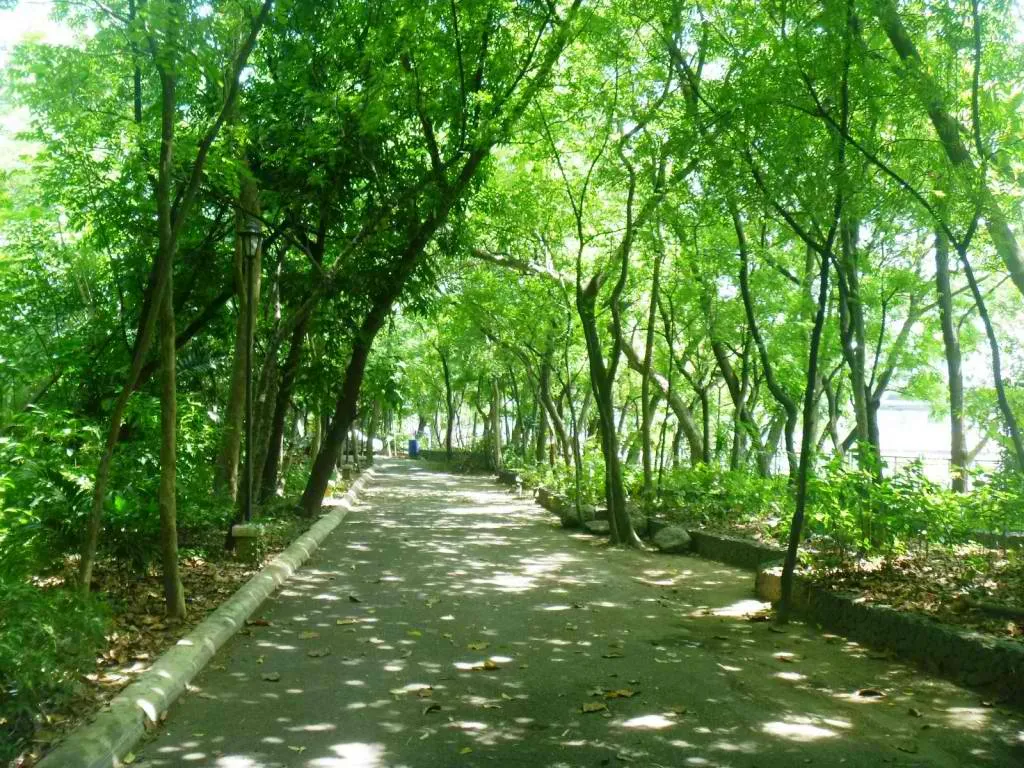
A section inside the Arroceros Forest Park photographed in 2013.
Photo Credit: Benjie Layug
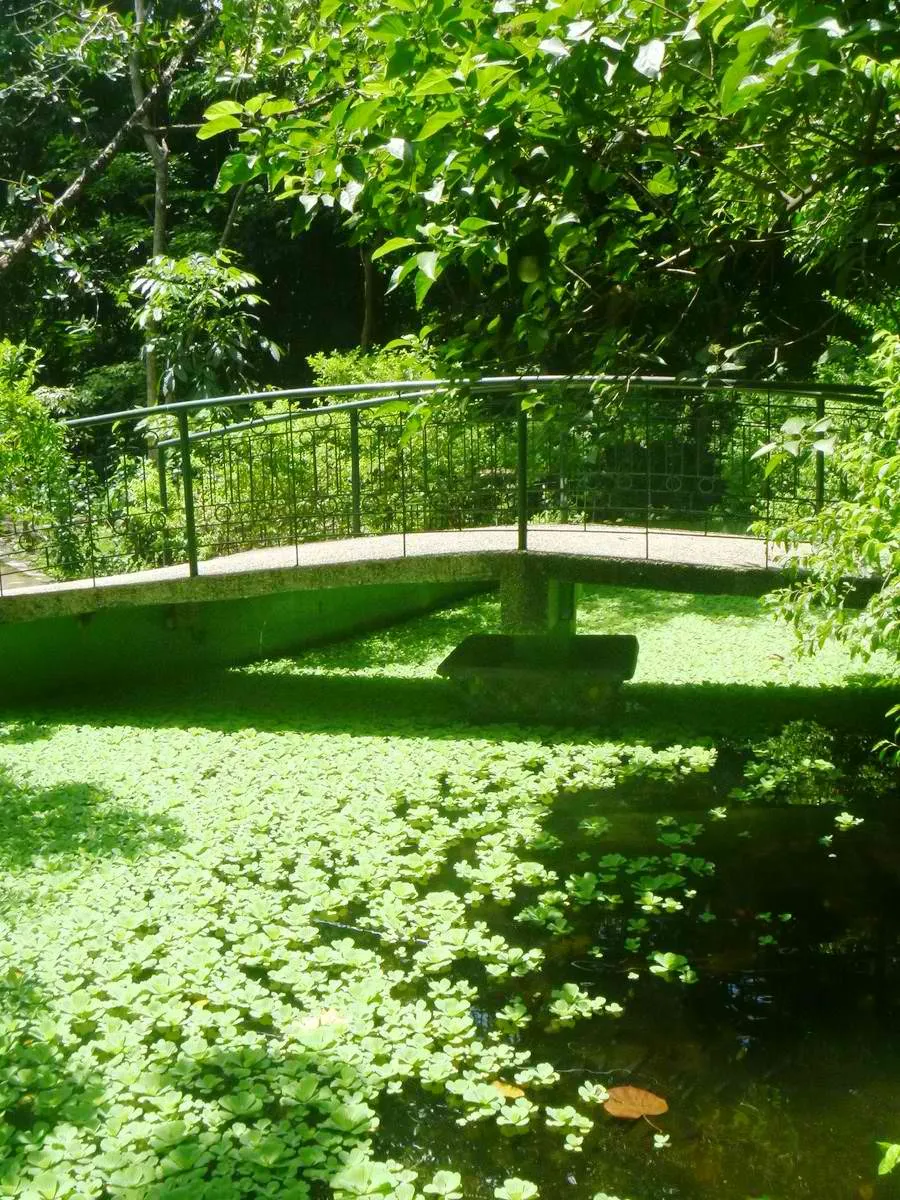
A bridge over a pond inside the Arroceros Forest Park photographed in 2013.
Photo Credit: Benjie Layug

A man-made home for the birds that can be seen inside the Arroceros Forest Park photographed in 2013. | Photo Credit: Benjie Layug
To protect the 150-year-old trees that survived the heavy bombing of Manila during World War II, the government chose to develop a forest in what was previously the Parian de Arroceros in 1993. Since then, we have regarded Arroceros Forest Park as a landmark in Manila, which houses an estimated 3,000 indigenous or native tree species. There were development proposals to convert the forest park, but it halted due to the loud calls to preserve it. Arroceros Forest Park was named a permanent forest park by Manila Mayor Isko Moreno on February 27, 2020, and is no longer an ordinary city property.
Manila is the world's densest city that is why the air quality is substantially not good. When we opt to maintain the oasis of green amid a concrete jungle, Arroceros Forest Park is what Manila needs to breathe fresh air. The forest park can help to at least cleanse the city's polluted air. The Arroceros Forest Park, with its dense foliage, also shields residents in Manila from air and noise pollution.
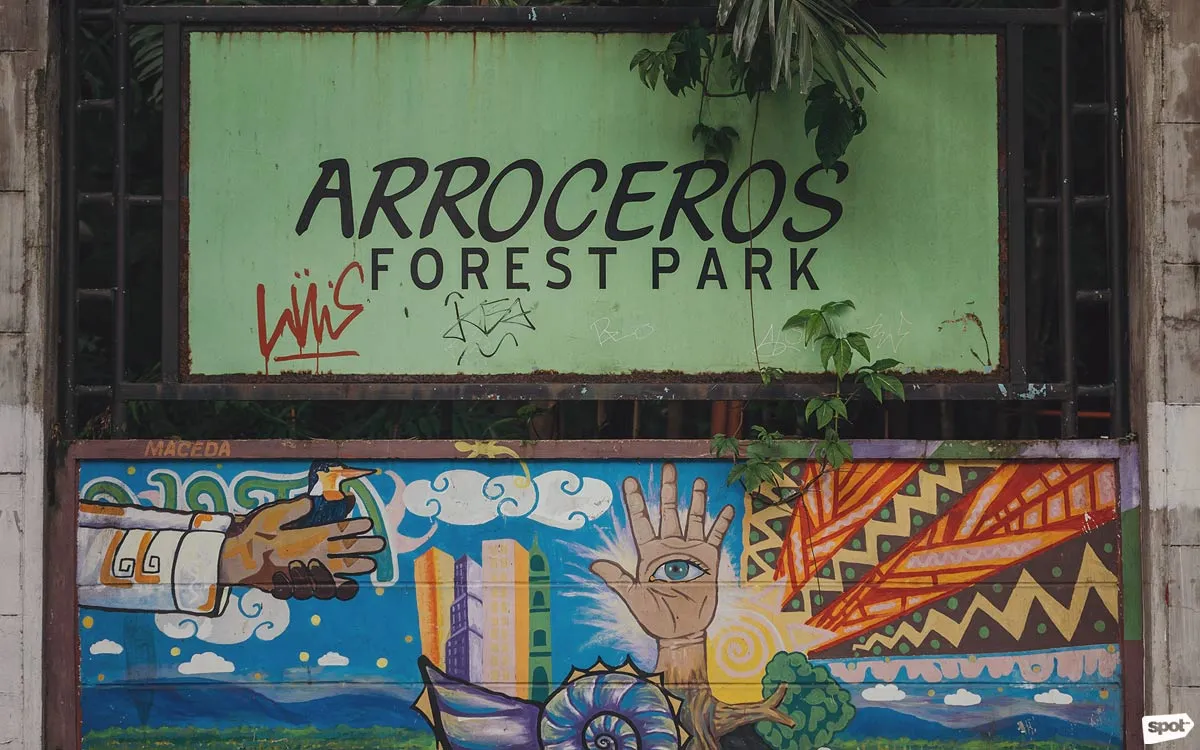
The front wall of Arroceros Forest Park in 2019
Photo Credit: Jilson Tiu

Inside the Arroceros Forest Park in 2019
Photo Credit: Leanne Jazul
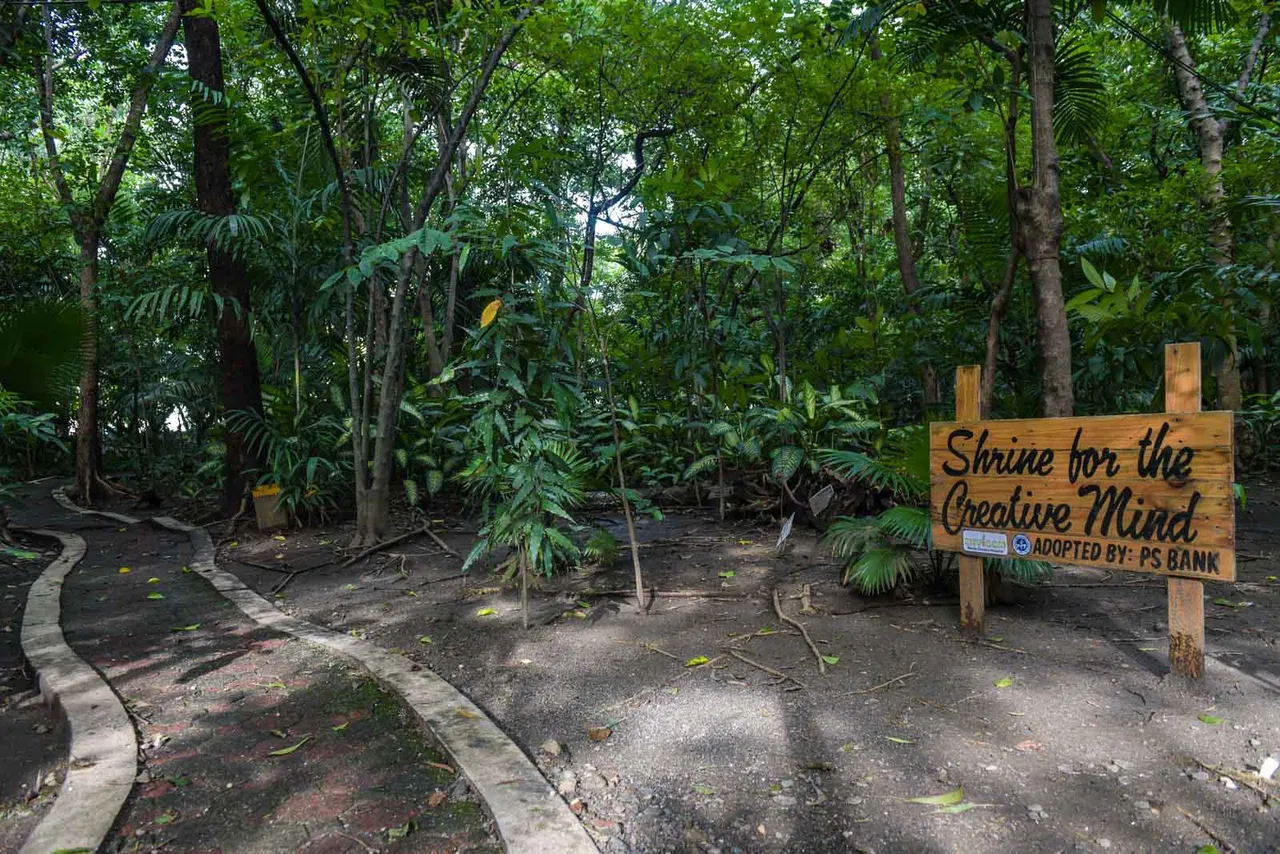
Inside the Arroceros Forest Park in 2019
Photo Credit: Leanne Jazul

It seems it's also where some government vehicles go to die
Photo Credit: Leanne Jazul
The park's lush vegetation provides a welcome respite from the heat and stress caused by traffic, a dense population, and clogged streets. It also entails maintaining a piece of history. Historians believe the name "Arroceros," which means "rice merchants," refers to the park's past as a meeting place for rice sellers in 16th and 17th century Manila. Aside from that, it can help boost wellness around the neighborhood.
There are more benefits in having Arroceros Forest Park aside from what I had mentioned. We often overlook urban forests in planning cities. We only remember it as part of the aesthetics, but it is more than that. The urban planner should not ignore urban forests in the design of cities. We need to give some room for the urban forest.
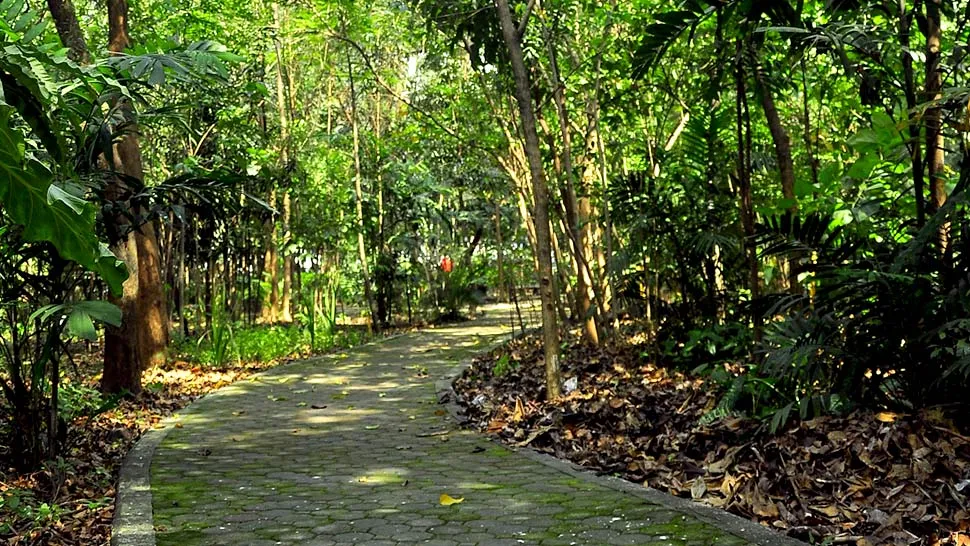
A trail inside the Arroceros Forest Park
Photo Credit: Adrian Biblanias
Urban Forest is more than scenery.
We can expect that the global urban areas would have grown by more than 2.5 billion inhabitants by 2050. The extent and rate of urbanization caused environmental and health issues for city inhabitants. We can link these issues to a lack of interaction with nature in the cities. Urban planners, architects, and designers are looking to integrate urban forest, enabling cities to be sustainable live.
Too often, we treat urban forests as a provision for aesthetics and scenery in a city. In reality, urban forest brings too much more than that. It constitutes crucial life-or-death infrastructure for the health, prosperity, and well-being of city dwellers. Our urban forests provide vital functions, from street trees to forest remnants in cities. It can capture over 822,000 metric tons of air pollution annually and substantially reduce urban heat. Besides, an urban forest can reduce home energy due to its cooling effect, and we can avoid vast carbon emissions.
Trees may help us to have environments that promote our health and well-being. Our urban forest can provide us a necessary space to relax and have brisk walking and exercise, which is good for relieving stress. Urban forest parks can help manage our mental health and improve our physical health. A study states that providing at least 10% safe walking spaces can lower our risk of obesity by up to 18%.
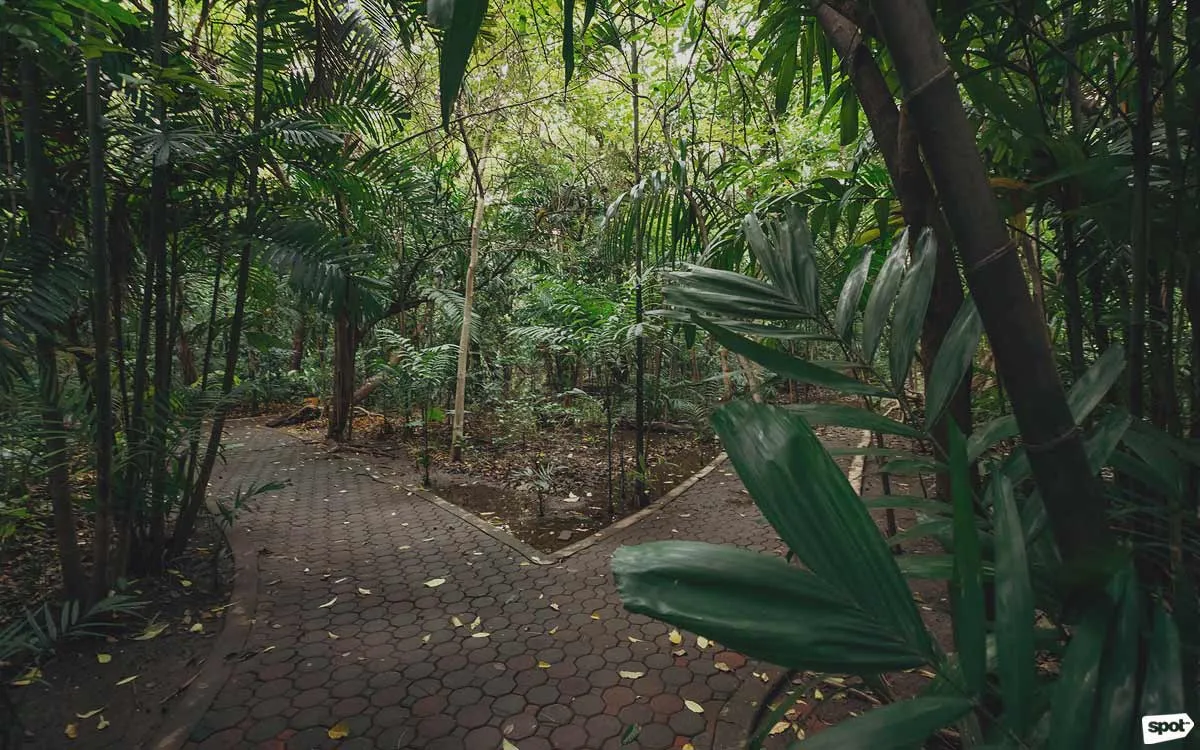
TA trail inside Arroceros Forest Park
Photo Credit: Jilson Tiu
Urban forests are essential in our quest to curve climate change. It can absorb carbon emissions faster than other forests and store up to three times than national forests. It provides shade and lowers the ambient temperature in cities during heat waves. It protects us from flooding by reducing it during extreme weather. It can also help to limit ground-level ozone that gives a higher risk to toxic air pollution. An urban forest can create a microclimate that supports birds, butterflies, and other insects, while also absorbing dust in the city.
When we focus on building sustainable cities, trees will be an integral part of it. Again, trees contribute to cooling, regulating, and purifying our air and water flows, as well as preserving the health of urban soils. As a result, it can improve city energy balance. A well-established and maintained urban forest can then provide timber for buildings. Urban forest should be a critical infrastructure in city planning and design rather than a cosmetic afterthought.
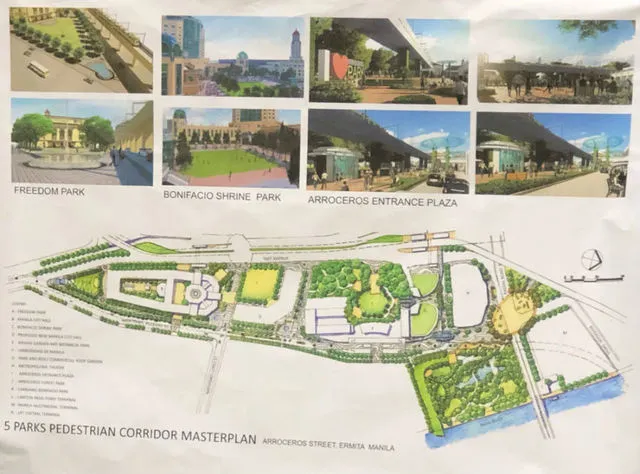
The envisioned green city of Manila Mayor Isko Moreno.
Photo Credit: Sofia Tomacruz
Conclusion
Manila's Last Lung still breathes today, and I hope it will continue as the government pays attention to preserving it. Right now, the park may not be as blossoming as it was before, but we will see it again soon as Manila wants to integrate urban forest into its city plans. We should put urban forest as an essential part of a city to become sustainable. Urban planners, architects, and designers should incorporate urban forests into their urban plans, allowing cities to be more sustainable places to live.
Again, urban forest contributes to cooling, regulating, and purifying our air and water flows and preserving our urban soils. Urban forests are critical in our efforts to slow climate change. During heat waves, it offers shade and reduces the ambient temperature in cities.t keeps us safe from flooding by decreasing it during severe weather. I am hopeful that there will be a time that Arroceros Forest Park will not be Manila's Last Lung.
